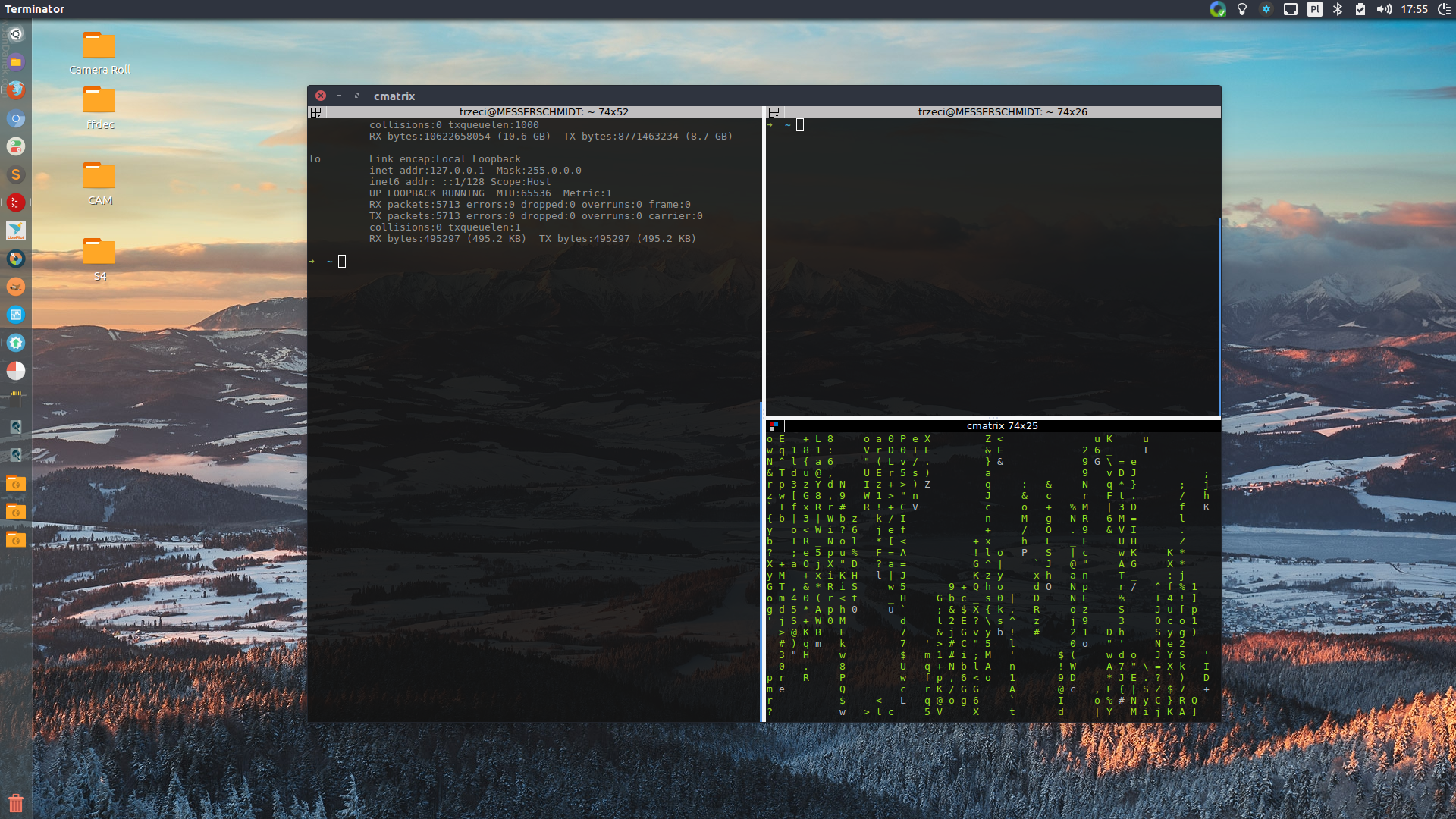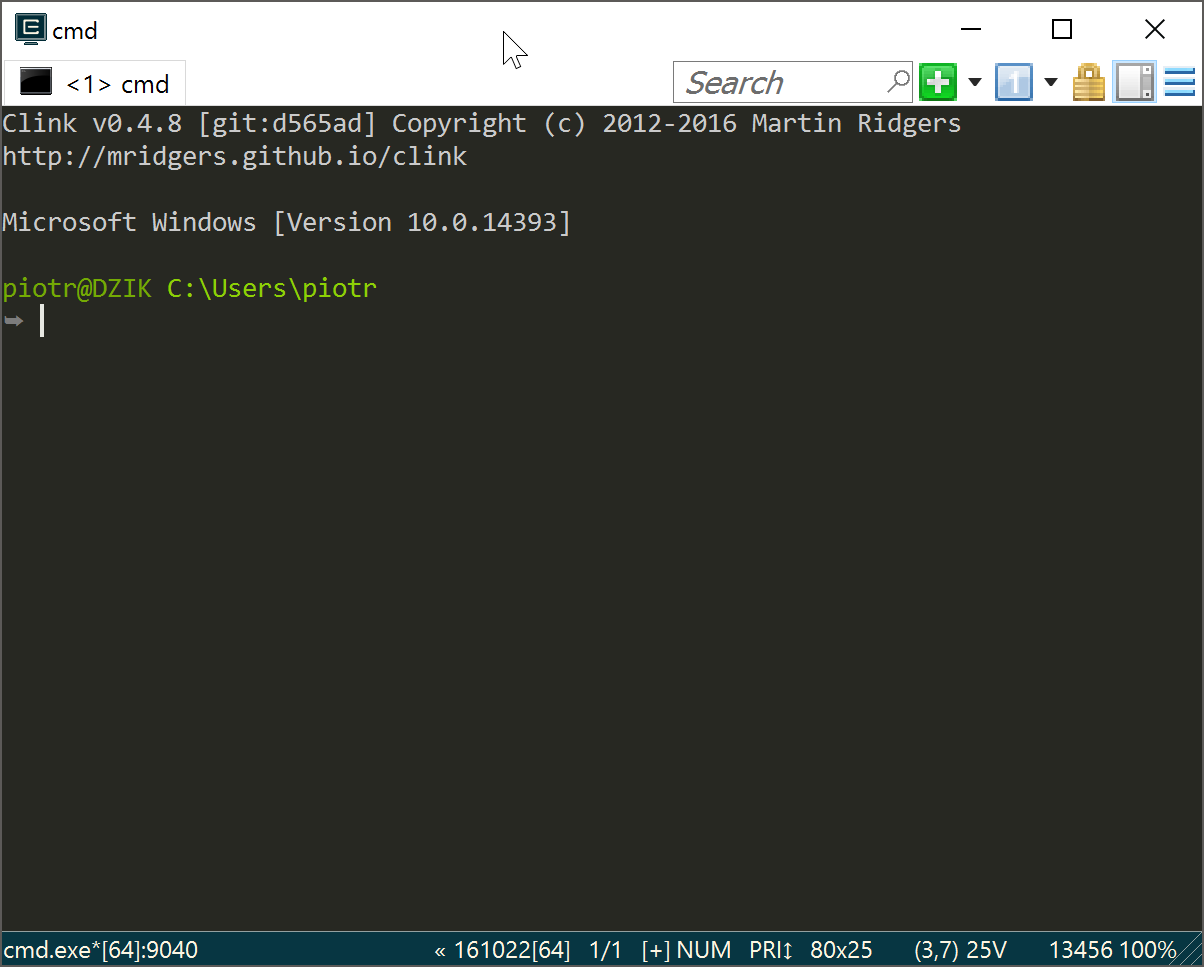This is more like a notebook entry, rather than full tutorial.
References:
- https://msdn.microsoft.com/en-us/commandline/wsl/install_guide
- https://www.reddit.com/r/bashonubuntuonwindows/wiki/index
In this post I will describe how to install WSL on Windows 10, configure X11 to run any Linux application in GUI mode, and fix missing sound problem.




